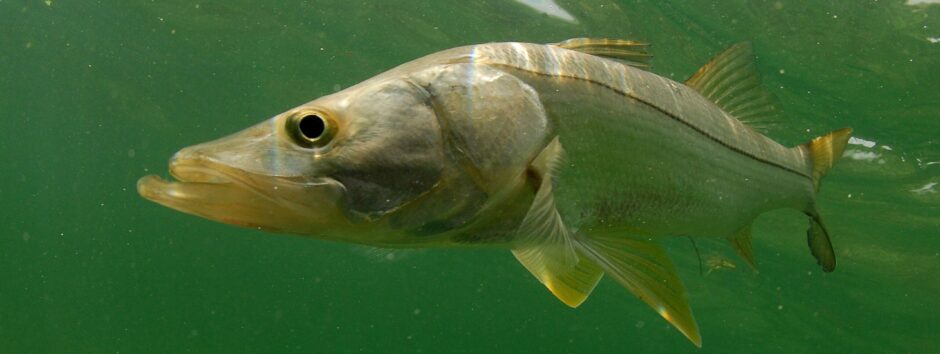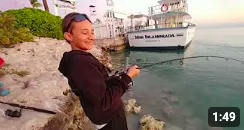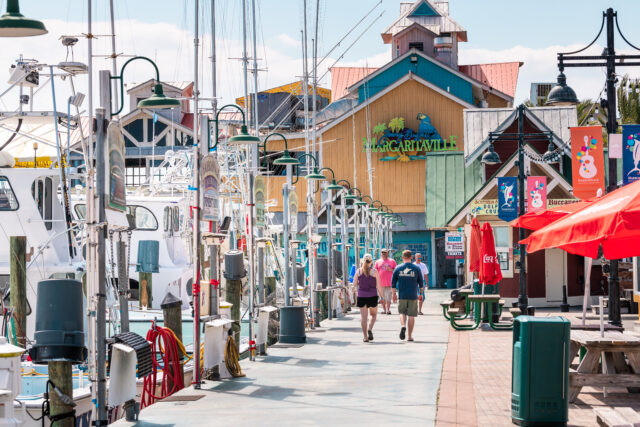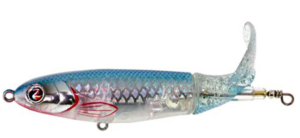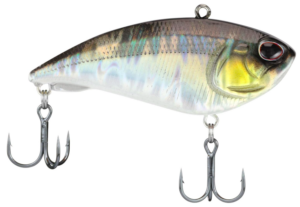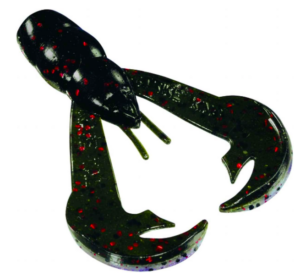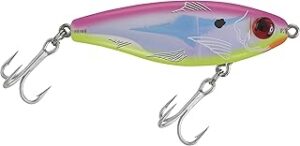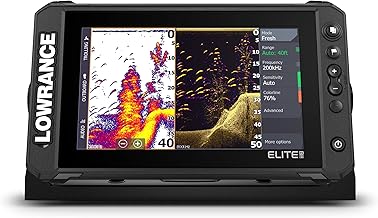The low tide can make fishing tough for snook if you don’t know where to find them. It is important to find some moving water, so if you are fishing the low tide, a couple of hours before and after the slack tide will offer the best fishing. Some of the shallow water areas that offer good snook fishing during the high tide will not produce as well during the low tides. Shallow water docks, mangrove-lined shorelines, tidal creeks and other shallow backwater areas are not as effective during the low tide. These areas need the higher water levels for snook to get back into the shallow water cover.
However, some anglers actually prefer fishing these shallow water spots during the low tide if there are some deeper channels available. During the low tide, the shorelines become exposed and the only water available for holding snook will be in the deeper water of the channels. If the water is deep enough, you may often find good numbers of snook congregated in these channels and they are fairly easy to catch if you have some moving water. You have to be careful fishing in the shallows near the low tide because you can easily get your boat stuck in the shallow water.
Most anglers prefer to fish the bridges or the passes during the low tide. During the low tide, moving water will still offer some good fishing around the passes and bridges. These areas usually have plenty of deeper water, so the snook aren’t forced out of these spots during the low tides. The stronger outgoing tides will actually pull tons of bait through the passes and under the bridges from the inshore bays. Good numbers of snook will move into these areas to feed on all of the bait. The first couple hours of the incoming tide will also offer some very good low water fishing. Lowlight conditions tend to be more productive, so get out early in the morning, in the evening and at night for the best results.
